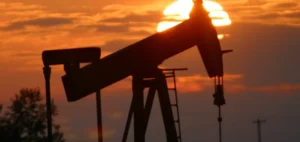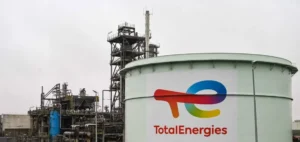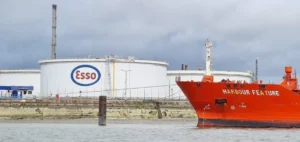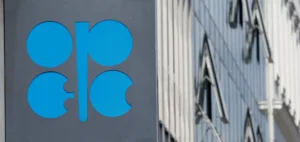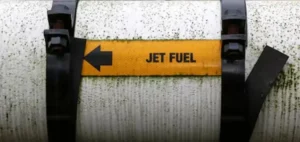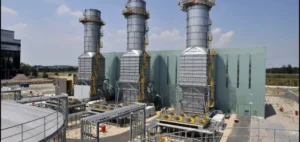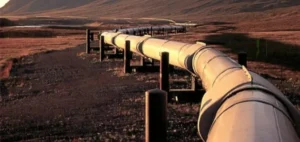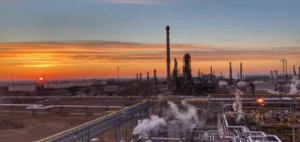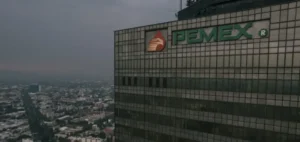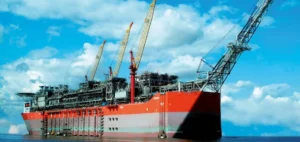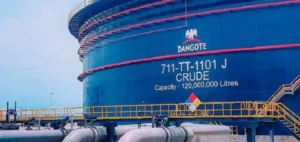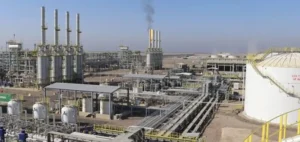India’s refining capacity is set to experience an increase of more than 20% over the next three years, rising from 256 million to 309 million tons per year by 2028. This expansion, backed by initiatives from key players like Hindustan Petroleum Corporation (HPCL), aims to meet growing domestic and international demand for petroleum products.
According to Petroleum Minister Hardeep Singh Puri, refineries are currently operating at over 100% capacity, reaching a record level of operational efficiency. This trend reflects the pressure exerted by robust domestic demand and the rise in exports, particularly to Europe.
Major investments in modern petrochemical complexes
S&P Global Commodity Insights estimates that the capacity expansion will largely come from extensions of existing infrastructures (brownfield), representing 58% of the total increase. In addition, the construction of new refineries (greenfield) will contribute an additional 18 million tons per year.
Among the flagship projects is the HPCL Rajasthan Refinery Ltd. (HRRL) complex located in Pachpadra, Rajasthan. This integrated complex, designed to process 9 million tons per year, is the result of a collaboration between Hindustan Petroleum Corporation and the Rajasthan government. The project is currently in the pre-commissioning phase and is expected to commence operations this year.
Another strategic project involves the Cauvery Basin refinery, operated by Chennai Petroleum Corporation. This facility, intended to produce fuels compliant with Euro-6 standards, is expected to be operational by 2027, although delays have been recorded due to approval procedures.
An export-oriented strategy
India is not just meeting domestic demand. The country has become a key exporter of petroleum products, notably to Europe, where geopolitical tensions have reduced diesel and refined fuel supplies. Last September, Indian gasoil exports to Europe reached 282,000 barrels per day, before slightly decreasing to 215,000 barrels per day in October.
The Indian oil sector is also driven by increased national consumption. In November 2024, demand for petroleum products jumped by 9.3% compared to the previous year, reaching 20.43 million tons. This dynamic has led to an increase in crude imports, with volumes rising by 2.6% over the same period.
Growth prospects for 2025
In 2025, India is expected to record a 3.2% growth in oil demand, according to S&P Global. This progression surpasses that of China and confirms India’s position as a driver of global energy demand.
Experts agree that this strategy strengthens the country’s energy security while increasing its export capacities, thus consolidating its role in global markets.




